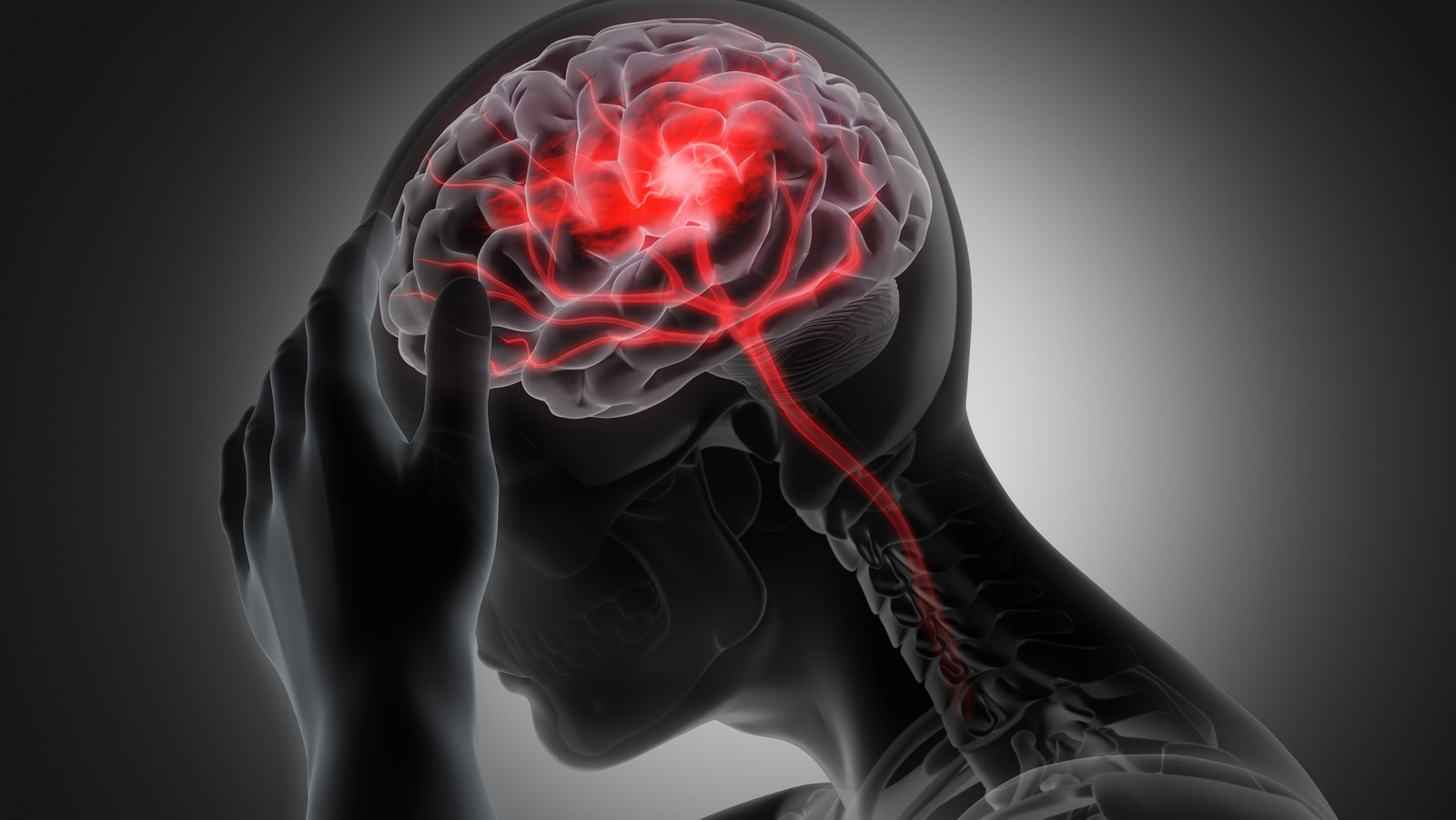Resumen Las adenopatías cervicales benignas en lactantes son relativamente frecuentes, se definen como el aumento de volumen ganglionar de más de 1 cm, sin síntomas sistémicos y cuando están presentes, el término correcto es adenitis. Para su estudio, las adenitis se dividen en: locales, sistémicas, unilaterales, bilaterales, agudas, crónicas, y por edad, con diferentes etiologías. Se presenta el caso clínico de un lactante de 11 meses de edad con diagnóstico de adenitis cervical abscedada unilateral aguda, con cuadro de 72 h de evolución, con crecimiento constante a nivel cervical derecho, compromiso del estado general, fiebre y anorexia, por lo que se inician antibióticos de primera línea para los agentes bacterianos más frecuentes (Staphylococcus aureus y Streptococcus pyogenes), con evolución tórpida a las 48 h, por lo que se solicita ultrasonido cervical, ya que la familia no contaba con recursos para solicitar cultivo o tomografía, reportando el ultrason ido ganglio cervical de 3,5 cm de diámetro abscedado, por lo que se agrega cobertura para anaerobios, con respuesta muy favorable a las 24 h. Queda la duda del origen de los anaerobios en la paciente, sin antecedentes de importancia y en grupo etario diferente al afectado por esos gérmenes. Consideramos este caso interesante por su comportamiento atípico, para el enriquecimiento del ejercicio de la otorrinolaringología, recalcando el invaluable apoyo de la clínica y solo con un ultrasonido, ya que no siempre se tendrán todos los recursos disponibles, pero siguiendo las pautas de lo reportado en la literatura, se tuvo una resolución exitosa.
Abstract Benign cervical lymphadenopathies in infants are relatively frequent, they are defined as an increase in lymph node volume of more than 1 cm, without systemic symptoms, and when they are present, the correct term is adenitis. For its study, adenitis is divided into: local, systemic, unilateral, bilateral, acute, chronic, and by age, with different etiologies. An 11-month-old infant with a diagnosis of acute unilateral abscessed cervical adenitis, with a 72 h evolution, with constant growth at the right cervical level, fever and anorexia, for which first-line antibiotics were started to the most frequent bacterial agents (Staphylococcus aureus and Streptococcus pyogenes), with torpid evolution at 48 h, for which only cervical ultrasound is requested, since the family did not have the resources to request culture or tomography, reporting the cervical ganglion ultrasound of 3.5 cm of abscessed diameter, so coverage for anaerobes is added, with a very favorable response at 24 hrs. There remains the doubt of the origin of the anaerobes in the patient, without important antecedents and in an age group different from that affected by these germs. We consider this case interesting due to its atypical behavior, for the enrichment of the otolaryngology exercise, emphasizing the invaluable support of the clinic, and only with an ultrasound, since other clinical tools were not available, but following the guidelines of what is reported in literature, there was a successful resolution.








